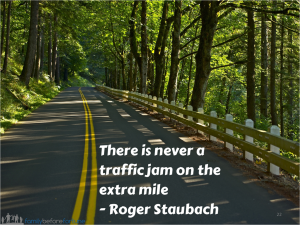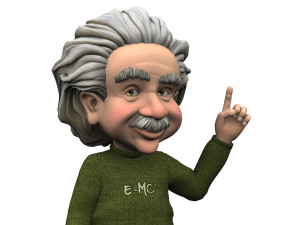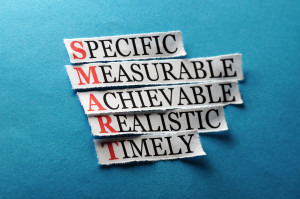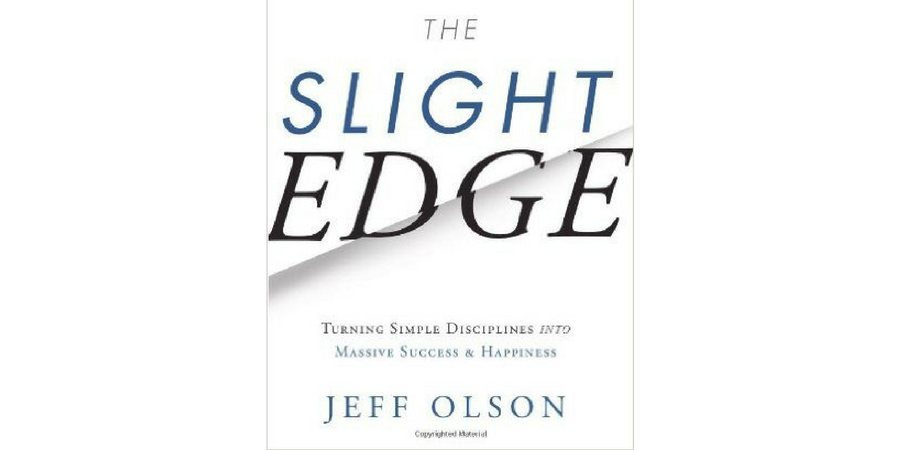How well can you swim? I think I’m a pretty good swimmer, but I don’t want my airplane landing in the ocean. How about you? But using your seat cushion as a flotation device is a real possibility if you are on a plane from JFK airport (New York, NY) to LAX airport (Los Angeles, CA) and that plane flies off course 1 degree. Only 1 single degree… it seems like such a small inconsequential amount but the results can be life changing.
In airplanes, missing your destination can result in outcomes ranging from the minor, inconvenience, to the catastrophic and tragic. The same principle is true with our lives and our goals. If you are not committed and determined to staying on course, you can easily find yourself drifting. And the longer that you travel “off course”, the further you will be from your desired destination (results). In our airplane example, a plane that is off by 1 degree will end up 1 mile off course for every 60 miles traveled; meaning our JFK plane from above would end up 40 miles away from Los Angeles.
Throughout your success journey there will be times when you need to readjust and reorient yourself, get back on the path. No one can walk the path to success directly without making adjustments. The key to arriving at your destination is to recognize when you are off course and make the adjustment quickly, bringing yourself back in line with your desired outcomes. 1 way that we can do this is to recognize the obstacles that will challenge us.
Here are the 8 most common obstacles that will try to lead you off the path of success.
1. Imposter syndrome– not believing in yourself and your goals. Everybody experiences a little self-doubt, that feeling that you are not “good enough” or “worthy enough” to have success. Even those you look up to as mentors and leaders experience self-doubt.
- Solution- Remember the quote by SNL’s Stuart Smalley – “I’m Good Enough, I’m Smart Enough, and Doggone It, People Like Me!” Recognize that you have talents and abilities that others don’t have. To be truly successful you must learn to overcome self-limitation and rise above doubt.
2. Over extending– having too much on your plate to get it all done. Sometimes in our desire to please everybody we set ourselves up for failure. We take on more than we can accomplish effectively and accurately. Often the area that suffers from this overextension is our personal goals and desires as we try to meet the needs of others.
- Solution- Remember the Paolo Coelho quote – “When You Say Yes To Others, Make Sure You’re Not Saying No To Yourself.” Choose yourself, your dreams and aspirations first before agreeing to give time to others.
3. Shiny object syndrome– chasing every new technology, strategy or process can distract you from what you need to accomplish. Rather than seeing objectives through to completion, you abandon goals already started and chase after something new that has caught your eye.
- Solution- Remember the Gabby Douglas quote- “It’s very tough for me to focus. I’m like: ‘Look, something shiny! No, focus. Oh, there goes a butterfly!’”. Focusing on your objective without distraction is vital to staying on course. No, focus!
4. Fear of failure– There will always be the possibility of failure. If there isn’t you haven’t set your objectives high enough. Don’t be petrified by possibility of failure and miss the opportunity of success.
- Solution- Remember the Michael Jordan quote- “I can accept failure, everyone fails at something. But I can’t accept not trying.” The real failure is in not trying.
5. Failure to launch– ready aim aim aim…. Many “would be” successful goal-setters miss their objective because they never get out of the planning and preparing stage. They find paralysis by analysis more comforting that progress.
- Solution- Remember the Francis of Assisi quote- “Start by doing what’s necessary; then do what’s possible; and suddenly you are doing the impossible”. Just start and as you move down the path, opportunity and answers will appear.
6. Lack of clarity– As Zig Ziglar inquired “are you a meaningful specific or a wandering generality”? If you do not know the steps needed to reach your destination you will not take the shortest route to success. You will wander aimlessly hoping to stumble upon it; always busy but never productive.
- Solution- Remember the Brendon Burchard quote- “People are remarkably bad at remembering long lists of goals….the longer their lists of to-dos and goals, the more overwhelmed and off-track they got. Clarity comes with simplicity”. Having a road map and a simple direction will keep you on course.
7. No end in mind– related to clarity, no end in mind is not understanding what you really want out of life. The result will be missing success. How can you hit a target you do not have? You must have goals to hit and dreams to aspire to.
- Solution- Remember the Lewis Carrol quote- “If you don’t know where you are going, any road will get you there.”
8. Listening to critics and naysayers– The world is filled with people willing to tear you down and trample your dreams. If you listen to the critics, the nonbelievers, you will be distracted and begin to drift off course. The more you surround yourself with negativity, the more you become a part of that negativity. It becomes a self-fulfilling prophesy.
- Solution- Remember the Paolo Coelho quote- “[C]ritics don’t hurt me, because it is me. If it was not me, if I was pretending to be someone else, then this could unbalance my world, but I know who I am”. Knowing who you are, that your dream has value, and igniting your passion for it with shut even the most obnoxious critic up.
There will always be obstacles. The more something is worth to you the more you may have to fight for it. Do not let anything stand in the way of your success. As you get closer to achieving your goals, as your success destination gets closer, the above 8 obstacles will be more present. Commit now to reaching your potential.
Wanting something is not enough. You must hunger for it. Your motivation must be absolutely compelling in order to overcome the obstacles that will invariably come your way. – Les Brown
A hero is an ordinary individual who finds the strength to persevere and endure in spite of overwhelming obstacles. – Christopher Reeve
Obstacles are those frightful things you see when you take your eyes off your goal. – Henry Ford





 Don’t wait for someone to take you under their wing.
Don’t wait for someone to take you under their wing. 



